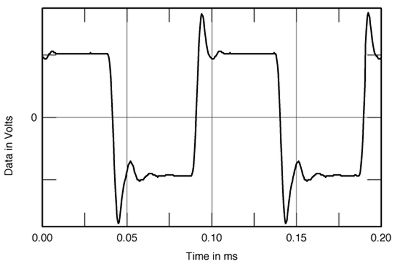The smaller 7mm and 10mm disk size MOV's have pretty low capacitance (below 100pF), and relative to the typical shunt capacitance across a half-winding are imho benign. If it was a hi-fi amp, then that capacitance could be used as a zobel network option out well beyond 100kHz.
I'd suggest making the MOV 1mADC rated voltage noticeably more than B+, then a MOV across each half-winding would only start to load up each plate's waveform on voltage excursions at or beyond what the diodes would do to one half-winding at that time. MOV loading would get progressively heavier if the energy in the winding is sufficient to push the voltage higher - even 7mm disks appear to have a sufficient continuous power dissipation capability when I looked at the levels a few years ago. Loudthud presented some illuminating X-Y plots of plate voltage-current in a PP guitar amp showing the 'level' of voltage excursion beyond the +/- B+ span. Some detailed notes are in https://www.dalmura.com.au/static/Ou...protection.pdf.
MOV's aimed for 240Vac and 415Vac applications are quite common.
I'd suggest making the MOV 1mADC rated voltage noticeably more than B+, then a MOV across each half-winding would only start to load up each plate's waveform on voltage excursions at or beyond what the diodes would do to one half-winding at that time. MOV loading would get progressively heavier if the energy in the winding is sufficient to push the voltage higher - even 7mm disks appear to have a sufficient continuous power dissipation capability when I looked at the levels a few years ago. Loudthud presented some illuminating X-Y plots of plate voltage-current in a PP guitar amp showing the 'level' of voltage excursion beyond the +/- B+ span. Some detailed notes are in https://www.dalmura.com.au/static/Ou...protection.pdf.
MOV's aimed for 240Vac and 415Vac applications are quite common.


Comment